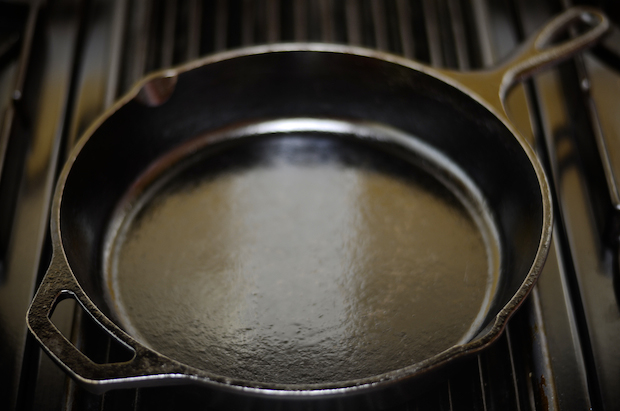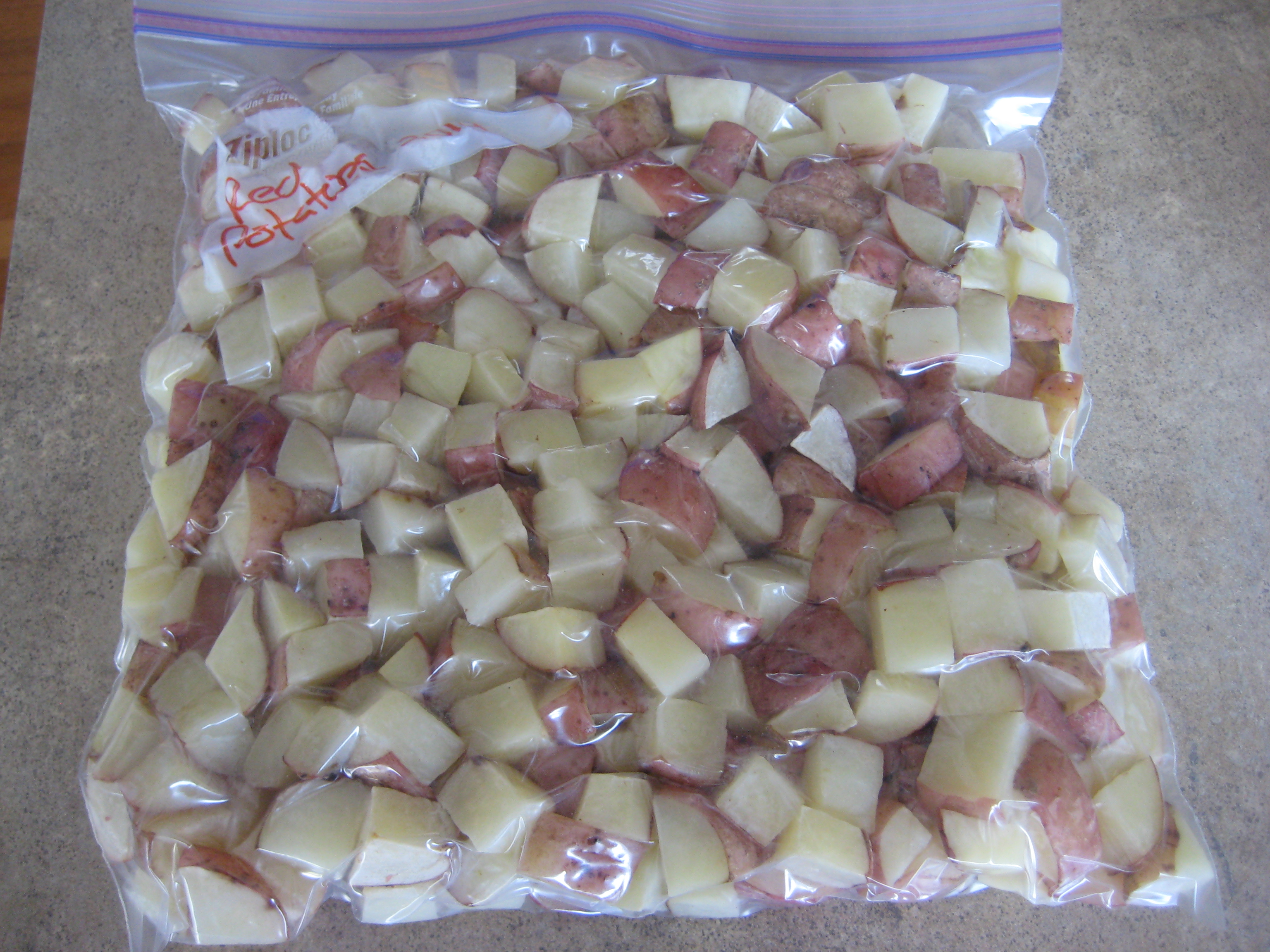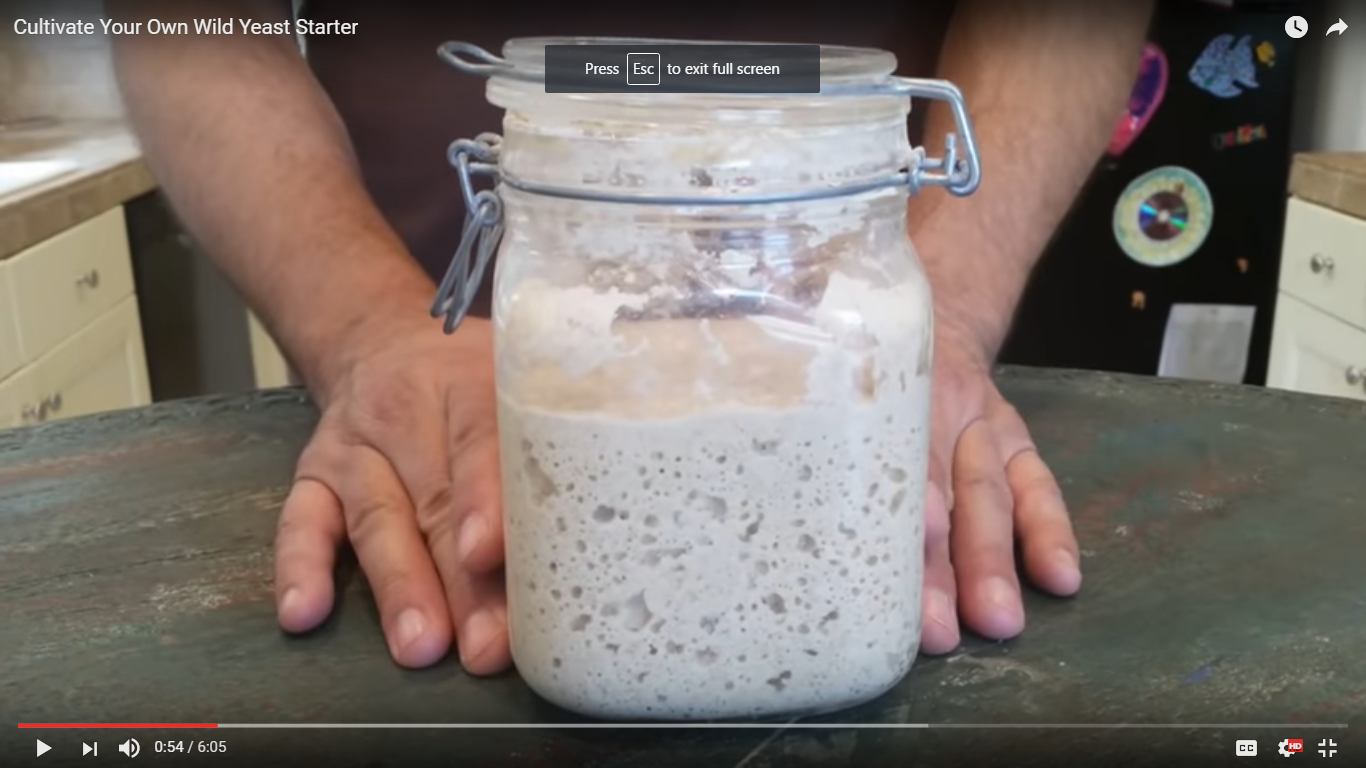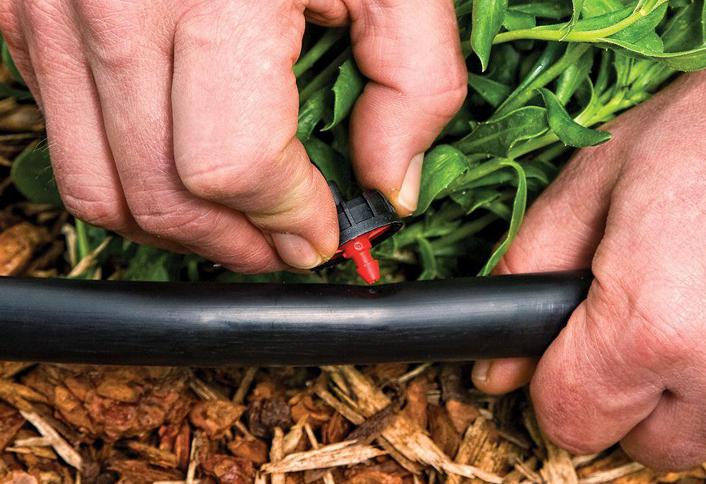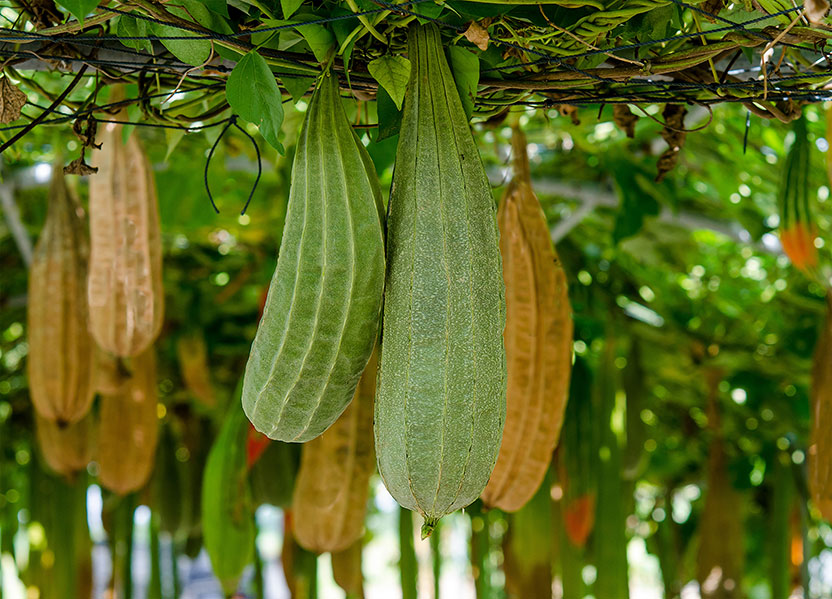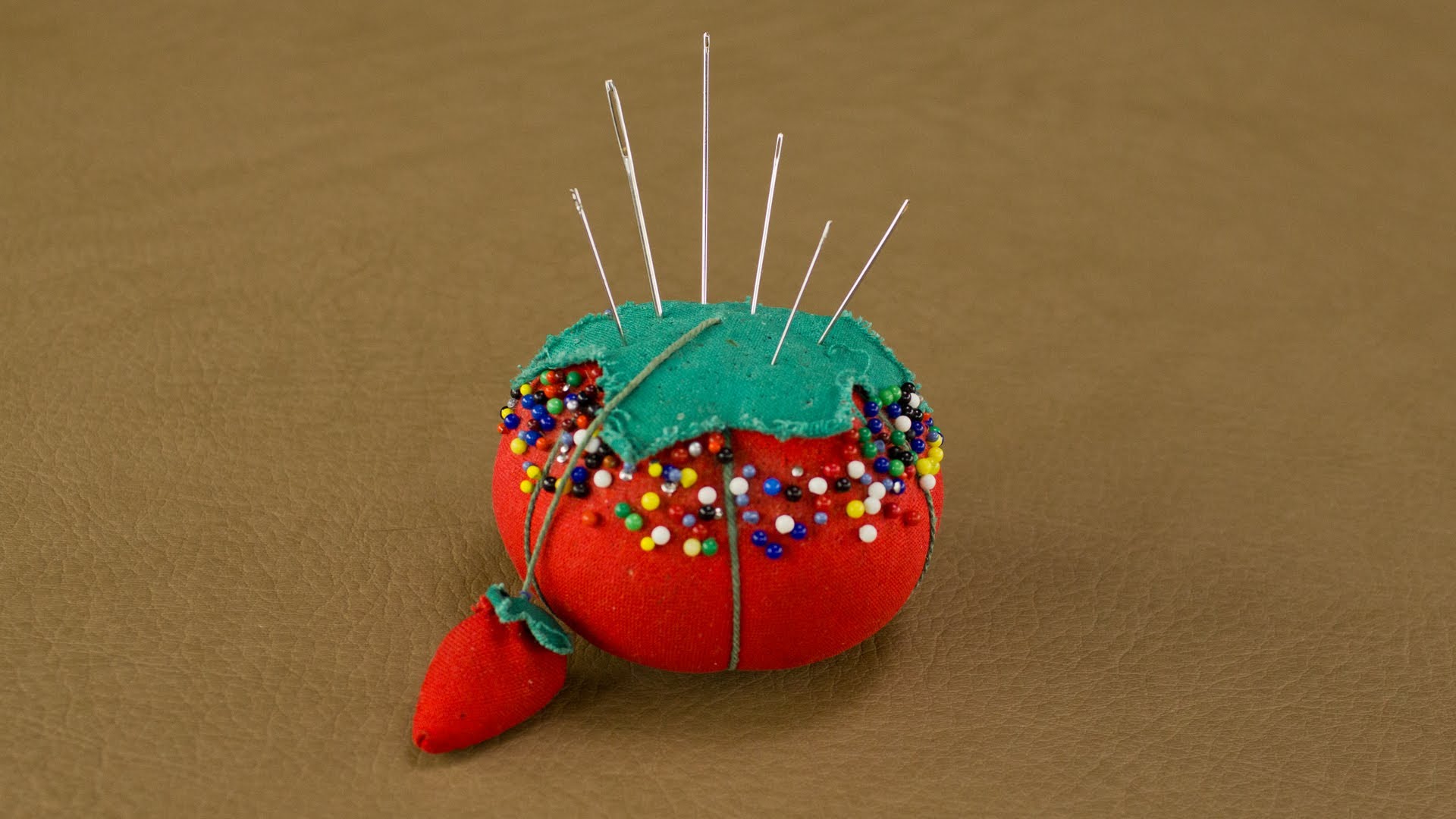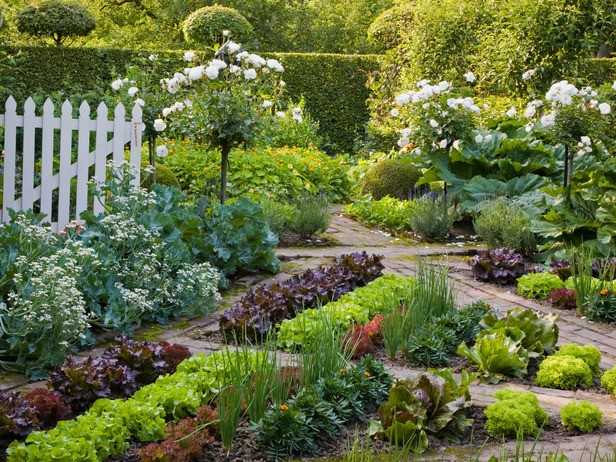How to Clean Cast Iron
Cast iron cookware is fantastic. It is durable, lasts forever, can be used over an open flame and is often called “the original non-stick”. A cast-iron skillet is an essential to any homestead kitchen. However, they have to be cared for properly. There are differing opinions on how to properly clean cast iron, so this … Read more

